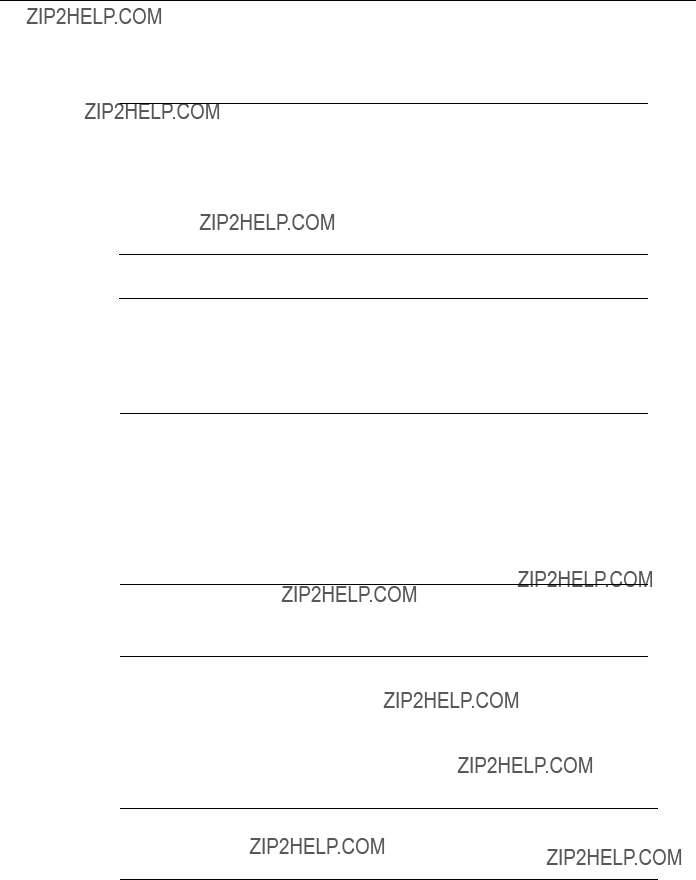
Cisco IOS DHCP Server
Feature Overview
Dynamic Host Control Protocol (DHCP) enables you to automatically assign reusable IP addresses to DHCP clients. The Cisco IOS DHCP Server feature is a full DHCP server implementation that assigns and manages IP addresses from speci???ed address pools within the router to DHCP clients. If the Cisco IOS DHCP Server cannot satisfy a DHCP request from its own database, it can forward the request to one or more secondary DHCP servers de???ned by the network administrator.
Figure 1 shows the basic steps that occur when a DHCP client requests an IP address from a DHCP server. The client, Host A, sends a DHCPDISCOVER broadcast message to locate a Cisco IOS DHCP Server. A DHCP server offers con???guration parameters (such as an IP address, a MAC address, a domain name, and a lease for the IP address) to the client in a DHSCPOFFER unicast message.
Figure 1 DHCP Request for an IP Address from a DHCP Server
DHCPDISCOVER (broadcast)
Host A
DHCPOFFER (unicast)
DHCPREQUEST (broadcast)
DHCPACK (unicast)
Cisco IOS DHCP server
32369
Note A DHCP client may receive offers from multiple DHCP servers and can accept any one of the offers; however, the client usually accepts the ???rst offer it receives. Additionally, the offer from the DHCP server is not a guarantee that the IP address will be allocated to the client; however, the server usually reserves the address until the client has had a chance to formally request the address.
The client returns a formal request for the offered IP address to the DHCP server in a DHCPREQUEST broadcast message. The DHCP server con???rms that the IP address has been allocated to the client by returning a DHCPACK unicast message to the client.
Cisco IOS DHCP Server 1

















































